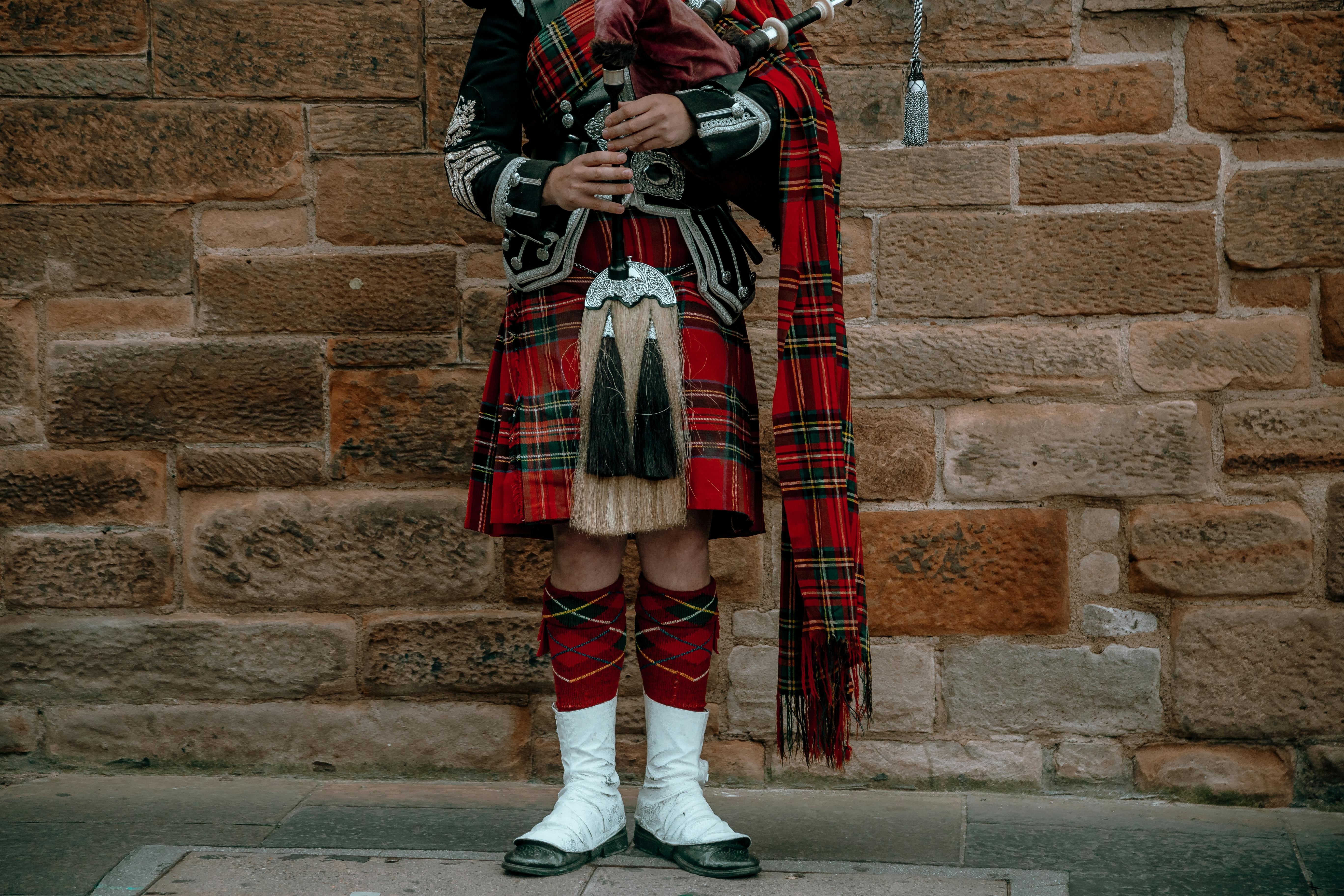
Photo by Wender Junior Souza Vieira
Funerals in Scotland carry a strong sense of place. They hold on to customs that go back centuries but they are always changing too. Families often want a service that reflects both heritage and personality. Knowing what traditions matter to you or to the person who has died makes decisions easier at a stressful time.
One of the first things people notice at a Scottish funeral is the sound. Bagpipes are a familiar choice. A piper might play when the coffin enters or leaves the church. Some families want a full set of traditional laments. Others prefer a modern tune played in the same style. It is powerful either way. The pipes are not for everyone but when they are chosen they add a very Scottish feel to the day.
Choosing a bagpiperIf you want bagpipes at a funeral, it helps to choose the right piper. Many are professionals who play at weddings, funerals and public events. Funeral directors often have contacts and can suggest someone. Some families prefer to book a piper connected to their local area or one who has played for them before.
Think about when the music will be played. The most common moments are as the coffin enters, as it leaves, or at the graveside. Some families ask for one piece, others for several. Popular tunes include “Flowers of the Forest” and “Amazing Grace” but pipers can often learn other requests. It is worth speaking to them in advance about what feels right.
Cost can vary depending on travel and the length of time they are asked to play. Asking for a quote early avoids surprises later. A good piper will also help guide you through the options if you are not sure. Recording a wish such as “I would like a piper to play one tune as the coffin leaves” is enough to make your preference clear.
The clothes are another marker. Black is still common but it is not the rule it once was. At some funerals men will wear kilts in the family tartan. Women may wear shawls or plain dark coats. Increasingly families ask people to dress more casually or wear a splash of colour to reflect the life of the person who has died.
Wakes remain a strong part of Scottish tradition. After the service friends and family gather to talk, remember and share food. The wake can be held in a hall, a pub or someone’s home. It is less formal than the service itself but no less important. People swap stories, laugh as well as cry, and connect with each other.
The food served has its own tradition. In Scotland it is known as the funeral tea. For generations this has meant a spread of plain sandwiches, sausage rolls, scones, shortbread and endless cups of tea. Sometimes there will be soup or cakes too. The funeral tea is not fancy. It is simple food that can be prepared in bulk and eaten without fuss.
The reason it matters is that it brings people together. Eating side by side helps break the silence after a formal service. It gives structure to the gathering and makes people feel cared for. The funeral tea is a pause before everyone goes back to daily life. Even though the food is plain, it is remembered with affection. For many Scots it feels incomplete to have a funeral without it.
Music, dress, food and gathering are the main threads of a Scottish funeral. Faith can shape things too. The Church of Scotland still holds many services but humanist and independent celebrants are more common now. Each choice changes the tone.
What ties these customs together is how they help people mark a life in a way that feels rooted in culture. That is why it helps to think ahead. If you know you want a piper or you would prefer not to have one, write it down. If you like the idea of a traditional funeral tea rather than a hotel buffet, make a note. Small choices give your family guidance and can save them from worry later.
The Farewell Guide is a free place to record these wishes. You can set down details about music, food, clothing or type of service. It does not need to be complicated. Even a short list can make all the difference. It is also a place where families can search for a funeral director when someone dies. The site shows profiles, services and costs in one place so you can choose with more clarity.
When planning for someone else it is useful too. If a loved one has died and you are not sure what they wanted you can use The Farewell Guide to find a funeral director quickly. You can then decide which traditions to include. A piper, a kilt, a funeral tea in the village hall. Or perhaps none of those.
Every funeral is personal but in Scotland they are often shaped by shared memory. Recording your own choices means your family can focus on remembering you rather than guessing. If you are arranging a funeral for someone else, understanding these traditions helps you decide which to keep and which to let go.
Scottish funerals balance solemnity and warmth. The sound of the pipes, the sight of friends gathered together, the comfort of tea and plain food. They may feel traditional yet they leave room for change. Using The Farewell Guide gives you and your family a simple way to hold on to what matters most.